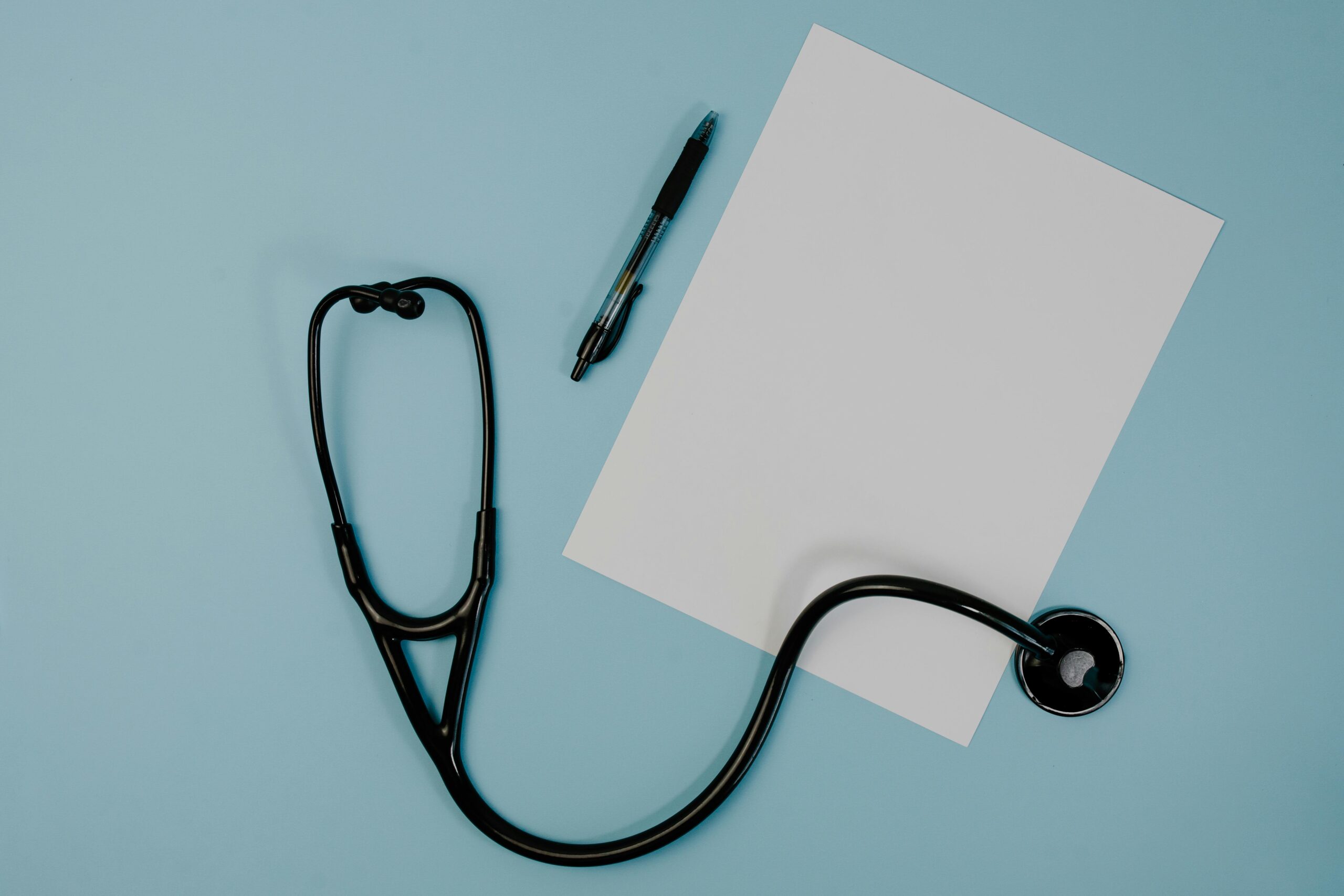
At first, the internet was mostly about helping people talk to each other; sending emails, chatting, or sharing pictures. People were the important parts, like little dots all connected.
The Internet of Things (IoT) is similar to the Internet in some ways. In this concept, not just people, but many things, such as cars, streetlights, homes, and even fridges, can connect to a border network to share information. Anything that can send or receive information can be part of it.
For example, in a smart city, the lights, cameras, and buildings all “talk” to each other to make the city safer and work better.
IoT has found its way into the medical field, which is called the Internet of Medical Things (IoMT). In the IoMT, people like doctors and nurses, and things like MRI machines, smart medical records, and wearable sensors, are all connected. They work together by sending and receiving information.
All this information goes to a server that understands what’s going on and tells the right person or machine what to do next. That way, the smart hospital can help take care of people faster and better.
Unlike general IoT systems, the Internet of Medical Things (IoMT) is specifically tailored to the healthcare domain. It emphasizes connections between medical devices (object-to-object) and interactions between devices and people (object-to-human).
The IoMT system not only enables these connections but also manages and analyzes the vast web of entities and their interactions. Like IoT, IoMT can include tens of thousands of connected components and communication processes, making it inherently large and complex.
An IoMT system usually consists of four key layers:
This is the foundation of IoMT, consisting of sensors and smart devices embedded throughout medical environments. These devices act as the basic nodes, capturing real-time data from their surroundings. Examples include wearable blood pressure monitors and medical machines. The main role of this layer is to sense, collect, and record data from the medical setting, enabling continuous monitoring and process tracking.
Once data is collected, it needs a pathway to move upward in the system. The gateway layer is responsible for this task. It comprises networking hardware and communication protocols that link the environment-aware devices and transmit their data to higher levels. This layer ensures seamless connectivity and communication among distributed IoMT nodes.
At this stage, data from the gateway layer is sent to the cloud. The cloud service layer provides centralized data storage and computing capabilities. It consolidates all incoming medical data and offers a scalable infrastructure for data management, retrieval, and processing.
This is the top layer where practical applications of IoMT are realized. It hosts intelligent services such as remote diagnostics, telemedicine platforms, outbreak monitoring, and smart hospital systems. Machine learning and deep learning algorithms analyze medical data, interpret medical images, and facilitate human-computer interaction, driving the intelligent behavior of the system.
IoMT is bringing novel solutions to the medical field. Let’s look at some of the most tangible ones.
Heart-related disease remains the leading global cause of death, particularly impacting low-income populations and areas with limited medical resources. IoMT technologies offer a transformative approach to managing these conditions by enabling continuous monitoring, early diagnosis, and personalized treatment plans.
Features such as real-time data tracking, remote consultations, and emergency alerts reduce the need for frequent hospital visits, making healthcare more affordable and accessible. Additionally, data collected through IoMT can support ongoing medical research and improve clinical understanding of heart-related conditions, leading to better treatment strategies and patient outcomes.
As aging populations increase, IoMT offers a scalable solution through wearable and sensor-equipped devices. These smart tools continuously collect health data, such as heart rate, oxygen saturation, and blood pressure, and transmit it in real time to caregivers and medical professionals.
This allows for proactive care, early detection of potential issues, and emergency responses when necessary. As a result, IoMT enhances both the quality and efficiency of elder care services.
Diabetes, a chronic condition characterized by high blood sugar levels, affects a growing global population, projected to reach over 1.3 billion by 2050. Many individuals remain undiagnosed due to the disease’s prolonged asymptomatic phase.
IoMT enables a data-centric approach to diabetes care by integrating wearable monitoring tools that track glucose levels continuously. These systems provide real-time feedback, alert users to abnormal trends, and support predictive analysis, especially beneficial for individuals with Type 1 diabetes who require tight glucose regulation.
This connectivity enhances long-term disease management and early detection, reducing complications.
IoMT plays a central role in building smart hospitals by linking devices and sensors to cloud infrastructure for real-time data acquisition and analysis. These systems interface with electronic health records (EHRs) and customer relationship management (CRM) platforms to streamline clinical workflows and deliver personalized care.
IoMT-driven environments enable advanced services such as telemedicine, where healthcare professionals offer consultations remotely, and robotic surgery, which allows surgeons to perform procedures with precision from distant locations.
By integrating these technologies, intelligent hospitals improve care quality, reduce operational inefficiencies, and lay the foundation for next-generation healthcare delivery.
This article explored key applications of the Internet of Medical Things (IoMT), emphasizing its role in enhancing patient care, enabling real-time health monitoring, and supporting intelligent healthcare infrastructure.
It highlighted use cases across point-of-care diagnostics, cardiovascular monitoring, elderly care, diabetes management, and the development of intelligent hospitals. These examples illustrate how IoMT integrates sensing technologies, cloud infrastructure, and advanced analytics to support more responsive, accessible, and data-driven medical services.
Information presented here integrates insights from recent academic research to offer accurate, current perspectives. As IoMT continues to expand, further research and innovation will be crucial in addressing challenges around scalability, interoperability, privacy, and data security—ultimately shaping the next generation of connected, intelligent healthcare systems.